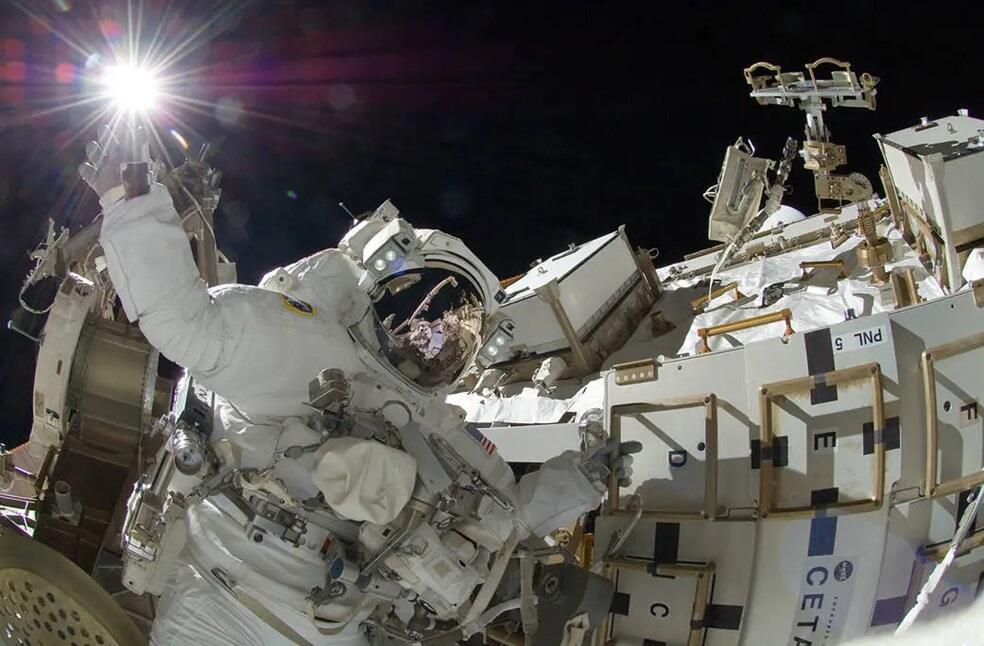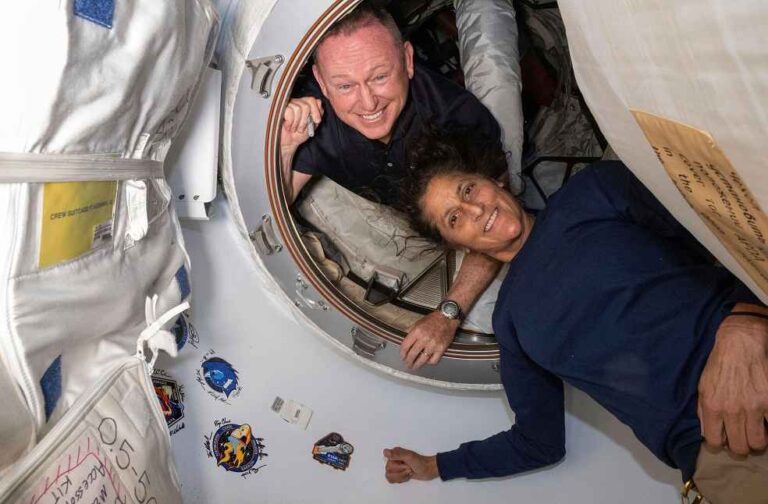Washington: NASA has decided it’s too risky to bring two astronauts back to Earth in Boeing’s Starliner capsule, delaying their return until next year via SpaceX. What was intended as a weeklong test flight has now extended to over eight months due to issues with the capsule.
Astronauts Butch Wilmore and Suni Williams have been at the International Space Station since early June. Their trip was affected by thruster failures and helium leaks, leading to a prolonged stay while engineers assessed the situation.
On Saturday, NASA decided that Wilmore and Williams will return in a SpaceX spacecraft in February. The Starliner capsule will undock soon and attempt an autopilot return.
This decision is a setback for Boeing, which has faced safety concerns across its operations. The company hoped Starliner’s first crew trip would revive the troubled program, which has experienced delays and rising costs.
The astronauts, both retired Navy captains, anticipated challenges in testing a new spacecraft. Their families were prepared for the uncertainties, with Wilmore’s wife, Deanna, expressing resilience about the delay.

NASA considered various return options, but none were feasible. The SpaceX capsule at the station is reserved for four astronauts returning in late September. The Russian Soyuz capsule can only accommodate three crew members. As a result, Wilmore and Williams will wait for SpaceX’s next mission, launching in late September, to bring them back in February.
Starliner’s problems are not new. Issues began in 2019 with a botched test flight, followed by more recent helium leaks and thruster failures. These thrusters are crucial for maneuvering the capsule during space station rendezvous and reentry.
Despite these challenges, NASA remains committed to Boeing. The agency initially aimed to have two U.S. companies ferrying astronauts after the shuttle program ended. While SpaceX has successfully completed nine astronaut flights since 2020, Boeing has been delayed by design flaws. NASA officials hope Starliner’s issues can be resolved for another crew flight in the coming year.e coming year.
RELATED | NASA’s Deep Space Food Challenge reveals space food innovations



